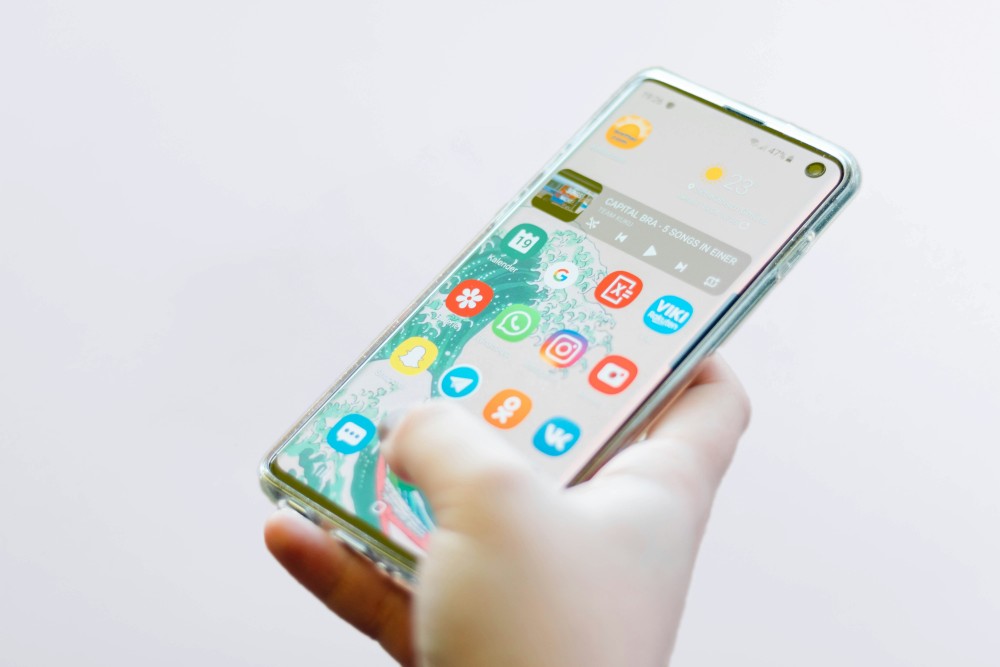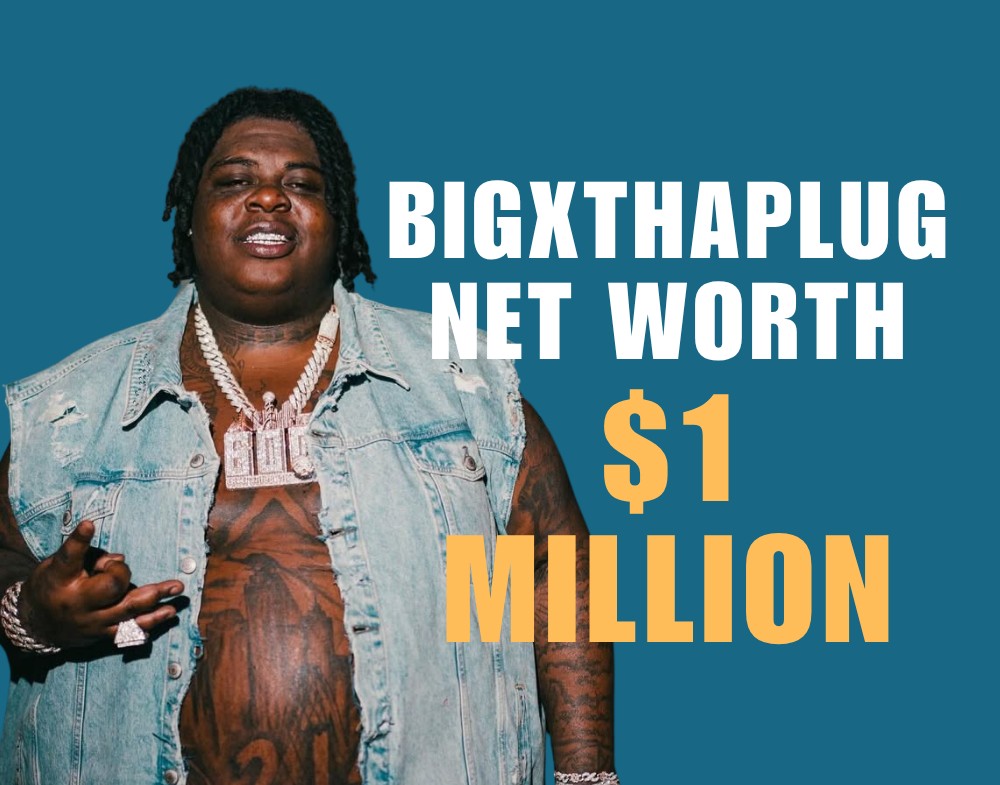Open up your phone and take a look. Seriously, just glance at your home screen. Chances are, a bunch of your apps now feel less like tools and more like little games.
Your fitness app wants you to “complete challenges,” your budgeting app gives you streaks, and your language app cheers when you hit your daily goal like you just won an Olympic medal for conjugating verbs.
This isn’t by accident. It’s gamification – and it’s everywhere.
Apps Are Hooking Us with the Same Tricks as Games
Gamification is just a fancy word for using game-like elements – think points, badges, levels, timers – to make stuff that would normally be boring feel fun. Instead of “work out more,” it’s “earn a badge for running 5 days in a row.” Instead of “save money,” it’s “unlock a new level in your budgeting streak.”
The psychology here isn’t complicated: we like feeling progress. We like rewards. And when things feel like a game, we tend to stick with them longer.
Take Duolingo, for example. It turned language learning into a streak-based hustle. Miss a day? You feel weirdly guilty. Hit a streak milestone? You get sparkles and a cartoon owl that high-fives you. Not exactly subtle, but it works.
Or look at Strava. It’s a fitness app, but it runs on trophies, challenges, and “segments” where you try to outrun total strangers. Even if you’re jogging alone in the dark at 6 a.m., Strava somehow convinces you it’s a race. Again, it works.
And Then There’s the Surprise Factor
Gamification isn’t all about structure and goals, though. Sometimes it’s about chaos – the fun kind.
That’s where randomness comes in. More and more platforms are baking in mechanics that revolve around unpredictability: scratch-offs, spins, drops, and crates. The psychology behind a mystery box opening is straight out of the casino playbook. You pay, you wait, and you hope this is the time you hit something rare.
The actual item inside? Often secondary. It’s the suspense that hooks you. That “maybe this is the one” feeling. And when it’s all dressed up with flashy animations and timers counting down to the next drop, you’re not just buying, you’re playing.
Why This Works (And Why It Might Be Too Much)
Apps are doing this because it keeps us engaged. Streaks make us come back. Surprise rewards make us stay curious. Leaderboards make us competitive. It’s all very effective… and sometimes a little addictive.
Here’s the upside: when done right, gamification makes mundane stuff more enjoyable. It turns healthy habits into challenges and learning into progress bars. It can even build community when users chase goals together or compare results.
But yeah, there’s a dark side too. When every platform is throwing points, prizes, and pressure your way, it can feel a bit overwhelming. And when real money’s involved (especially in gamified shopping or iGaming platforms), the line between fun and manipulation gets blurry fast.
So… Is This the Future?
Honestly? Yeah. At least for a while.
In a world where attention is currency, apps are doing whatever it takes to keep you around. That means more gaming mechanics in everything from education to exercise to e-commerce. The trick, as always, is figuring out when it’s helping, and when it’s hijacking your brain.
So the next time you feel a weird urge to tap that streak icon or hit “open” on a digital loot box, take a second. Ask yourself: is this app really helping me? Or is it just another clever game dressed up as something useful?
Either way, the points still count. Probably.





